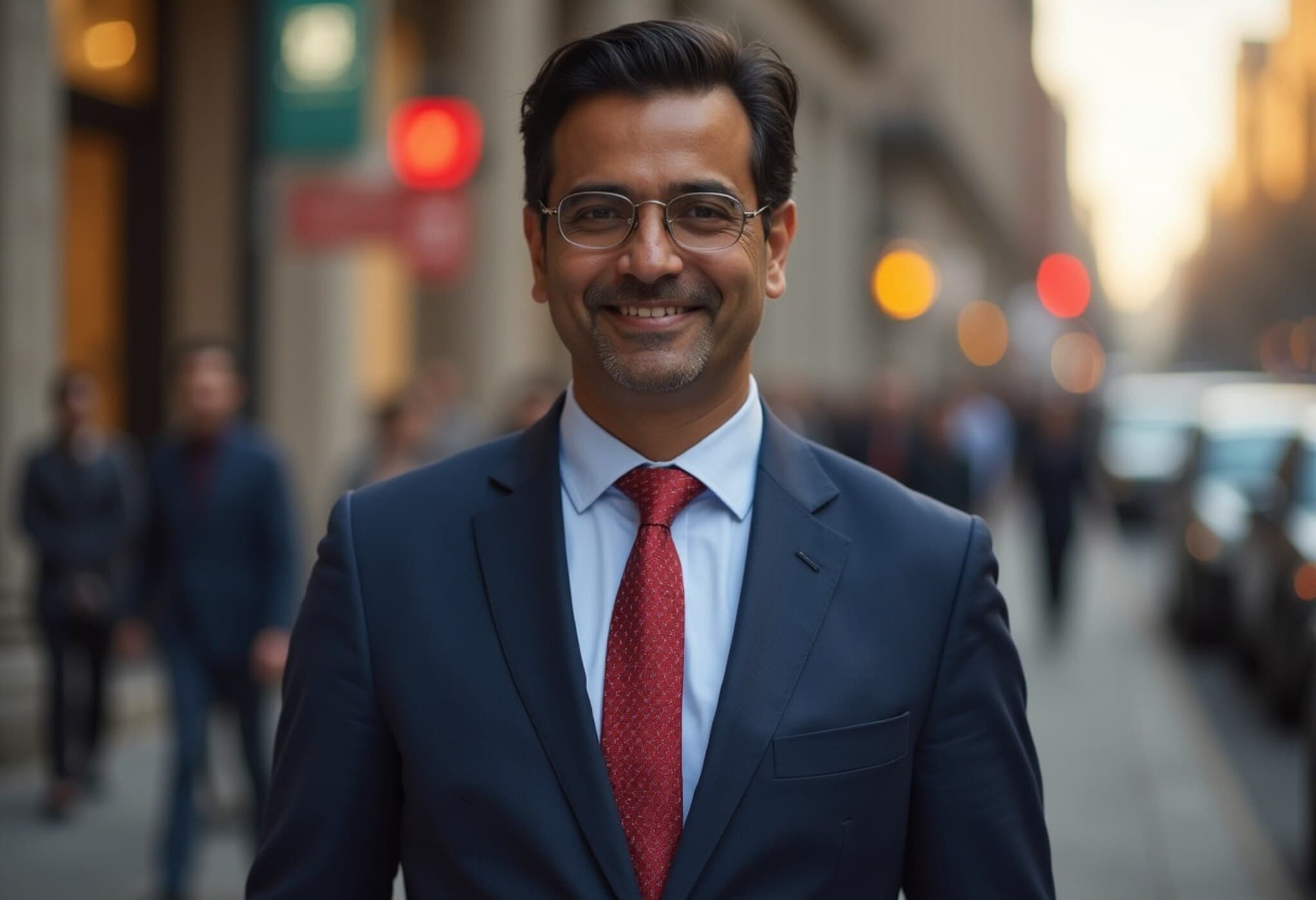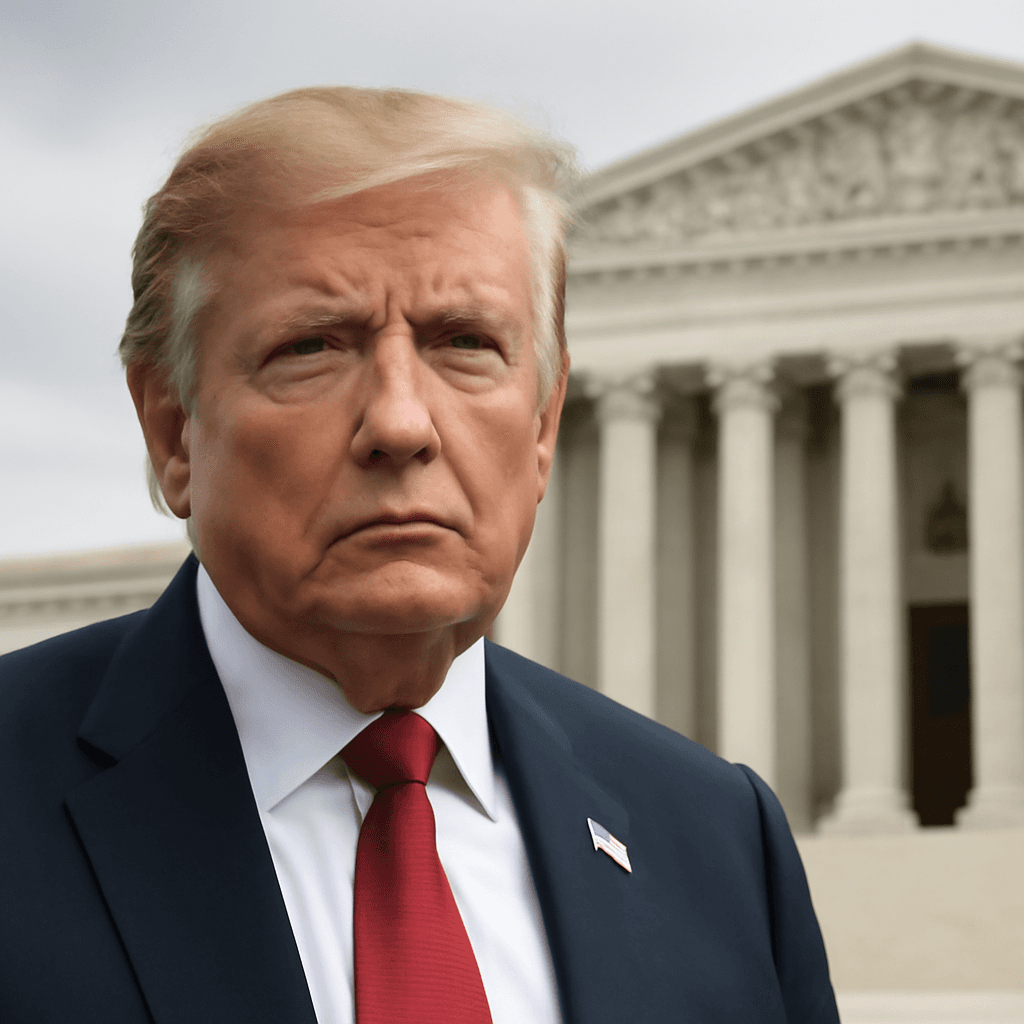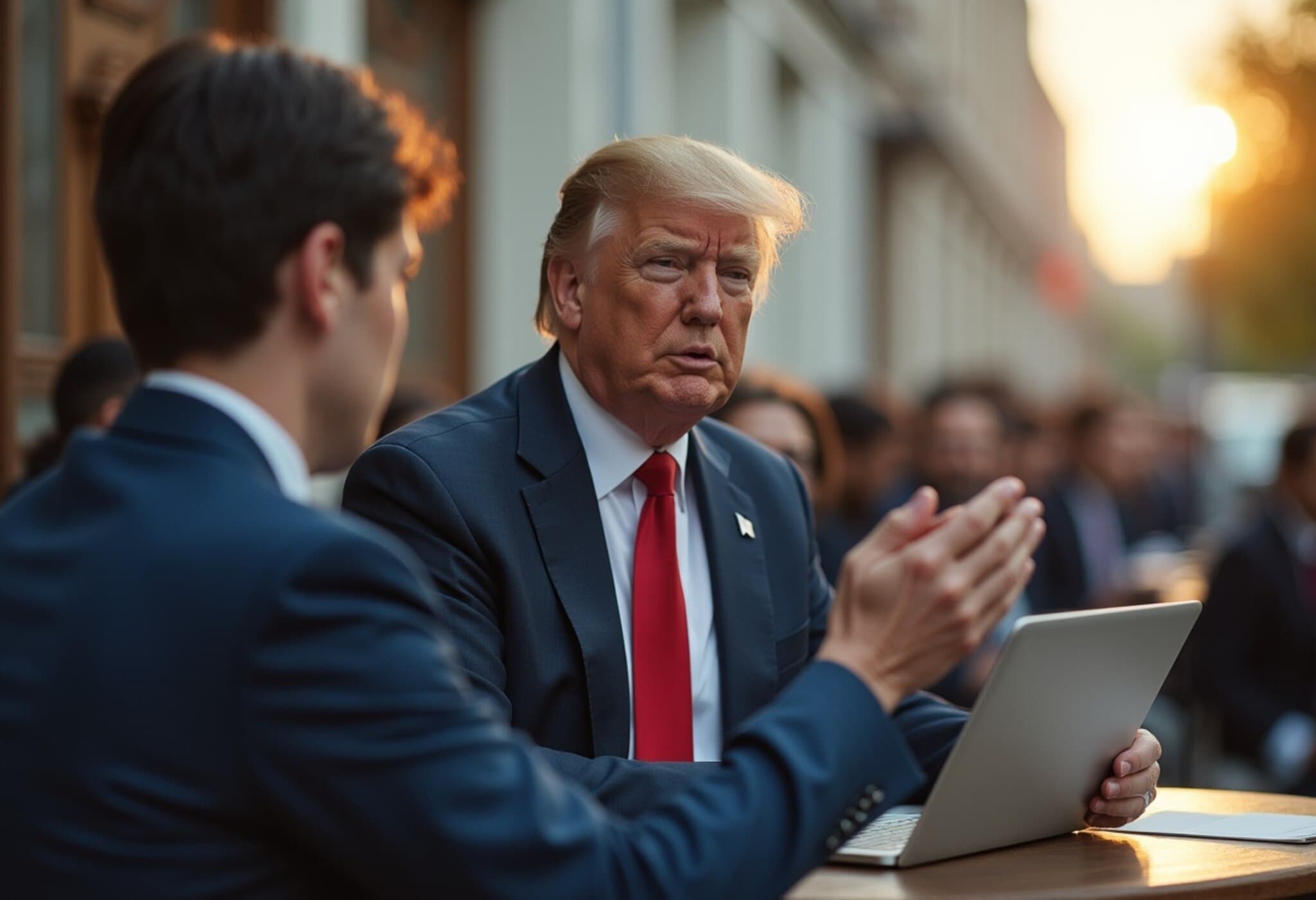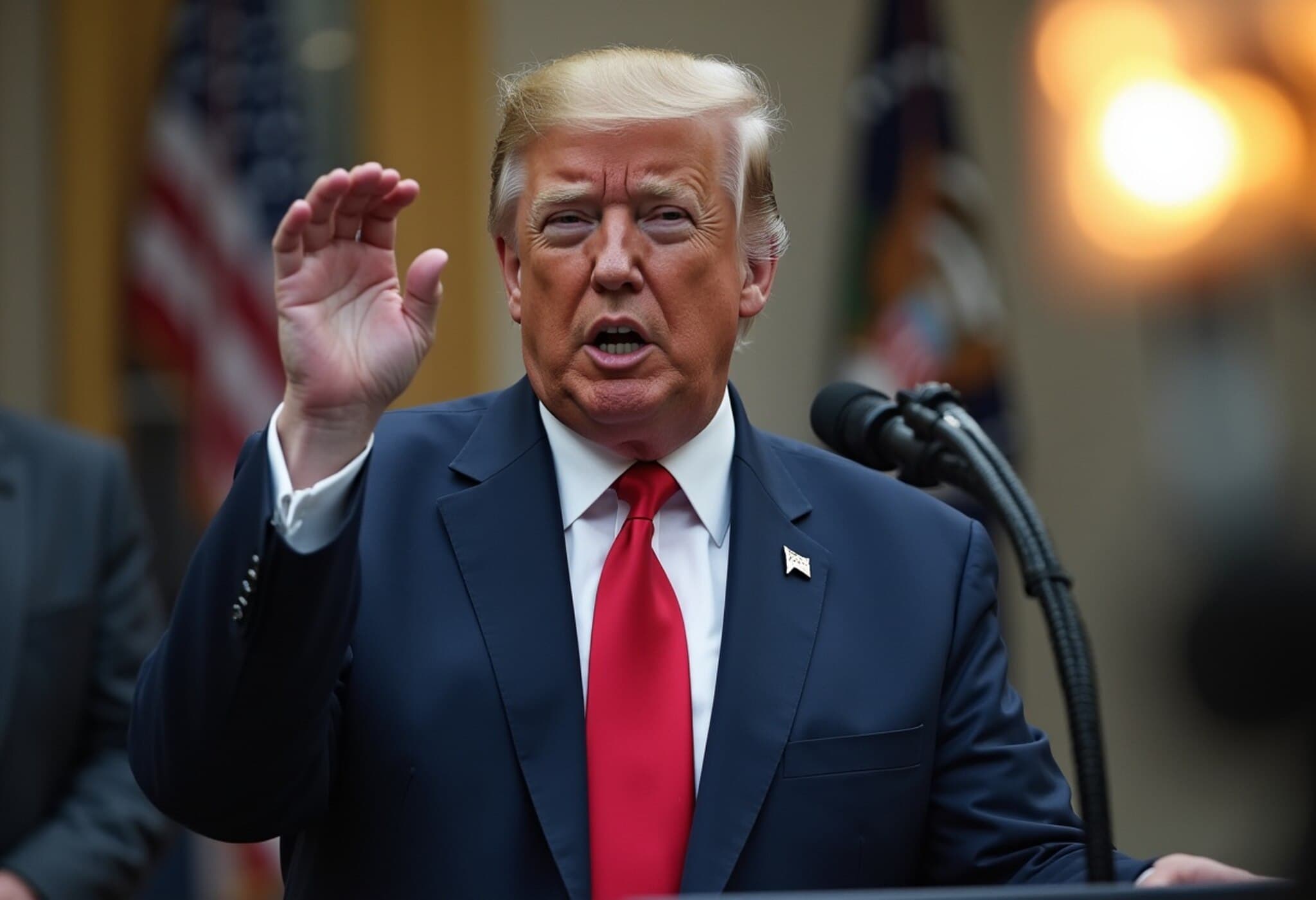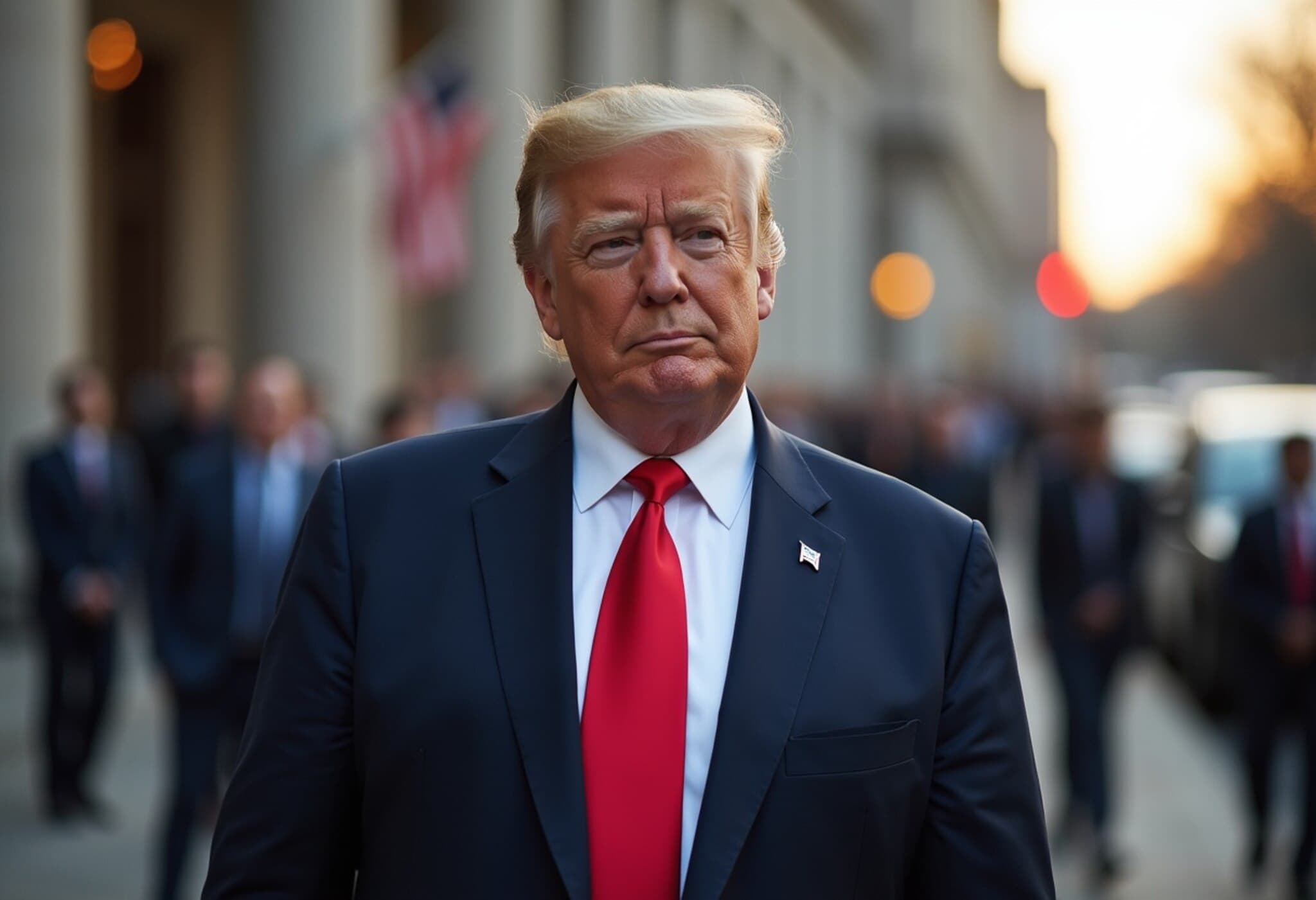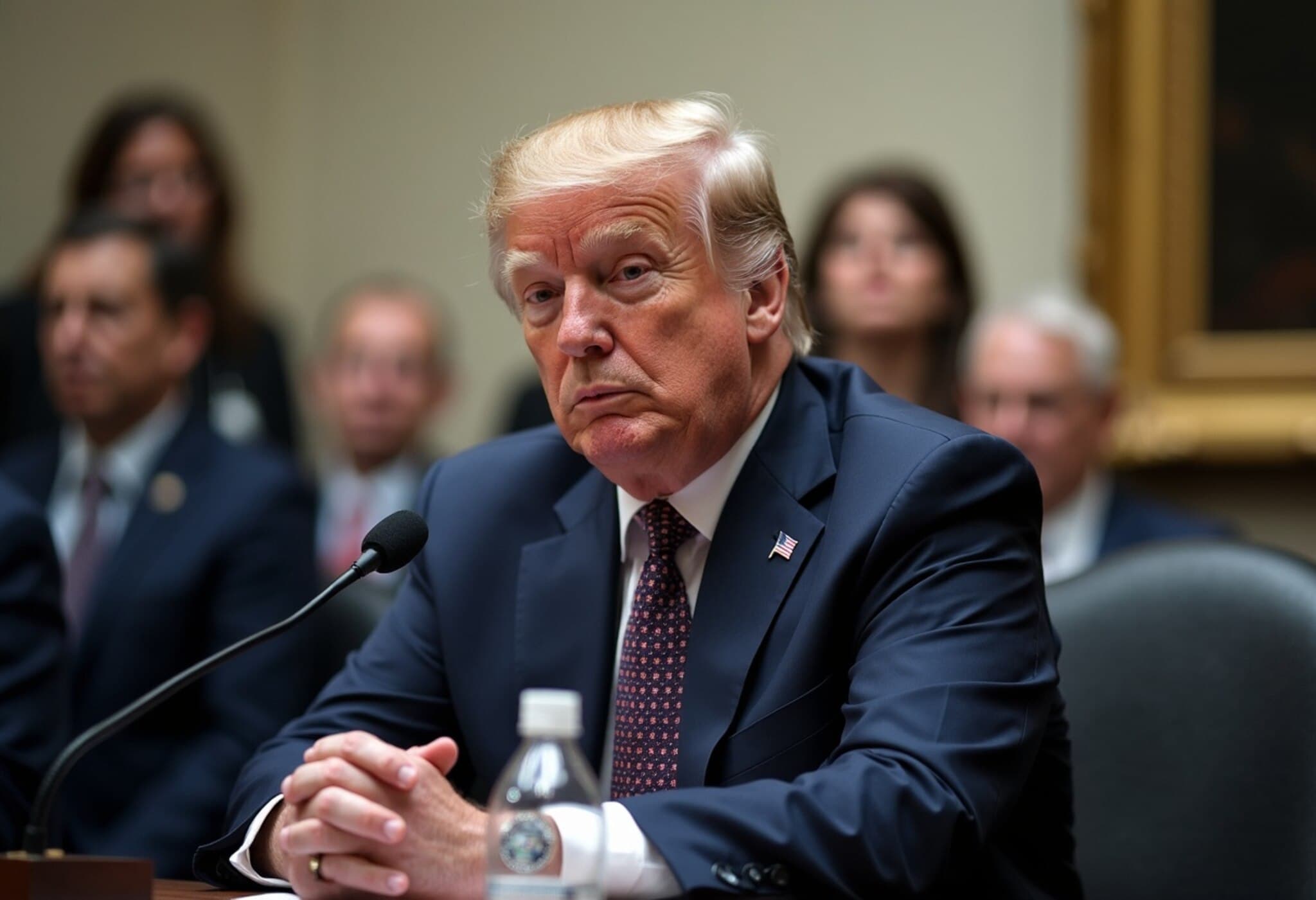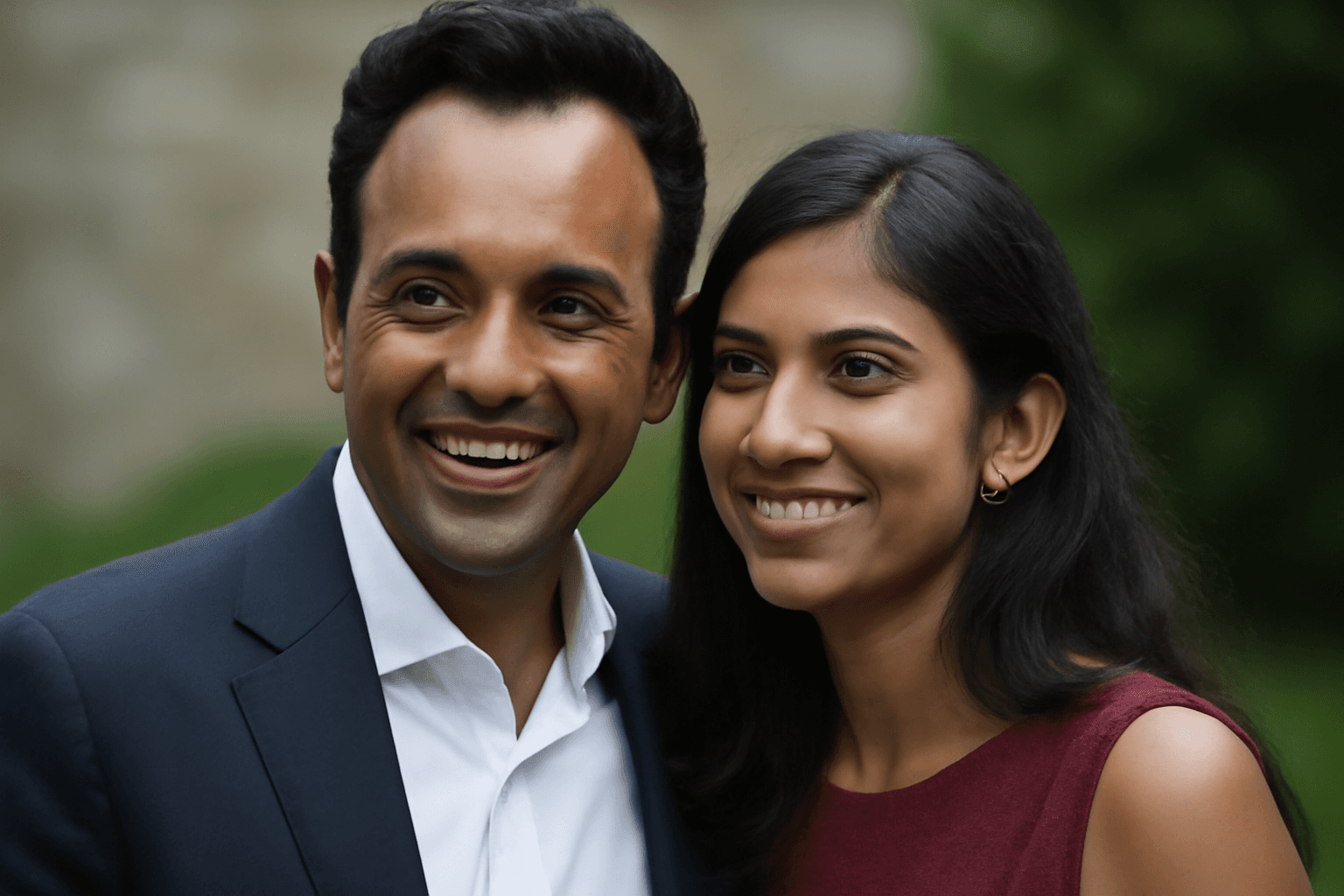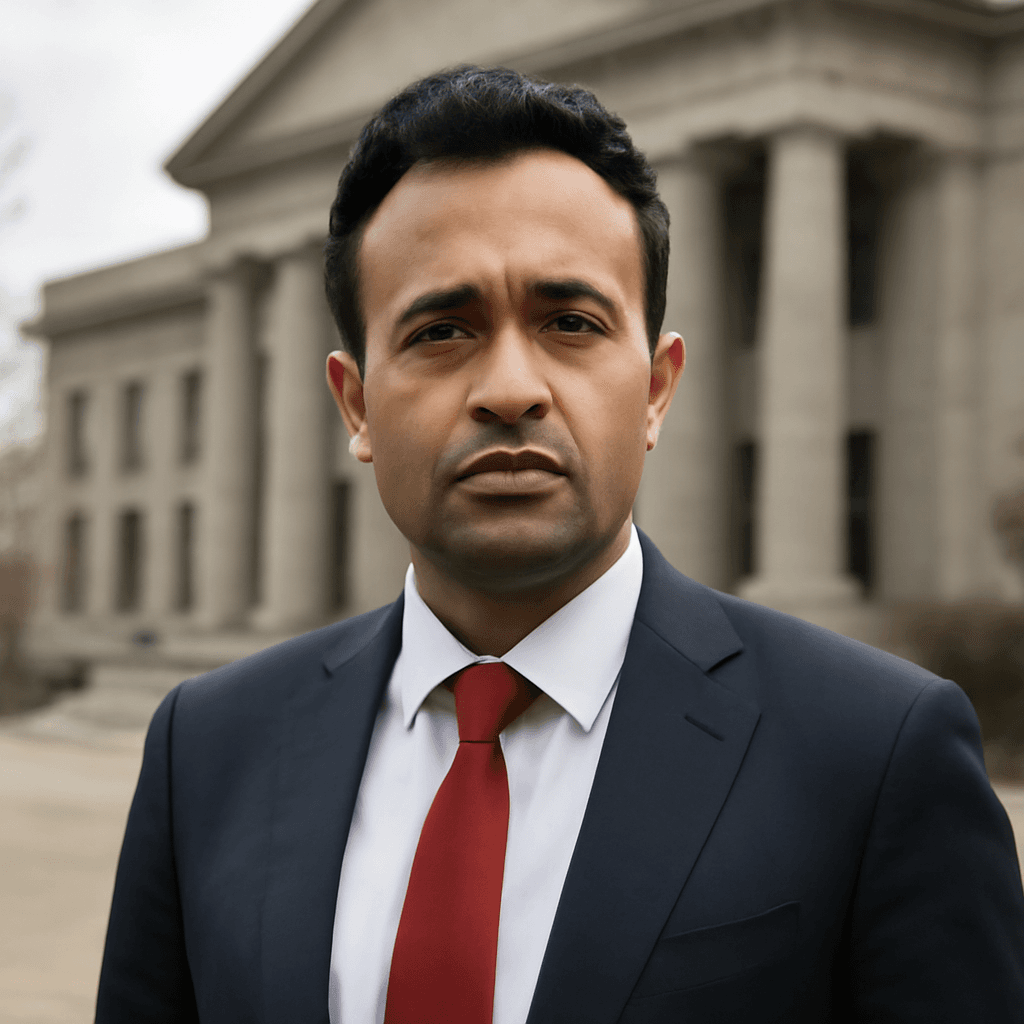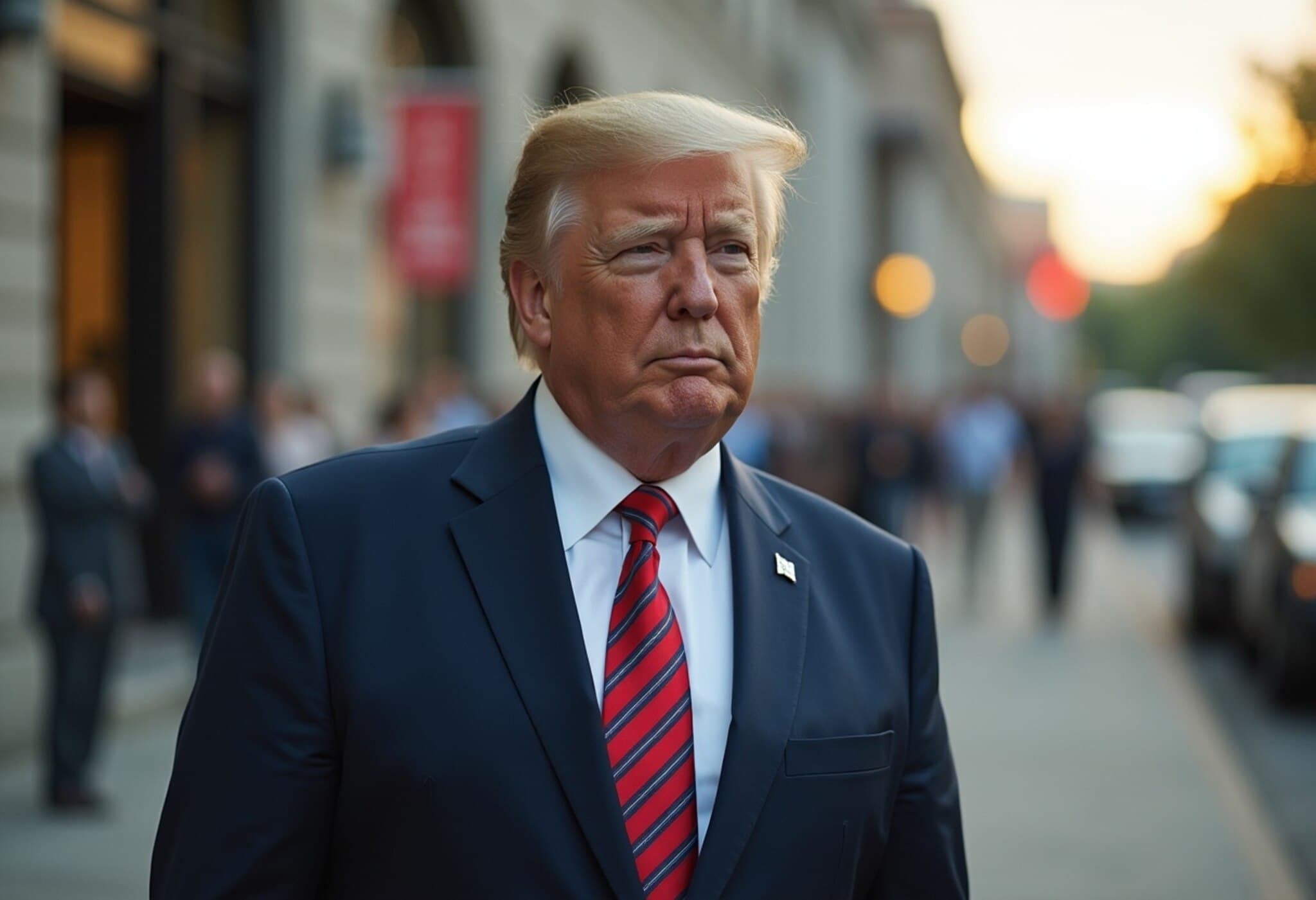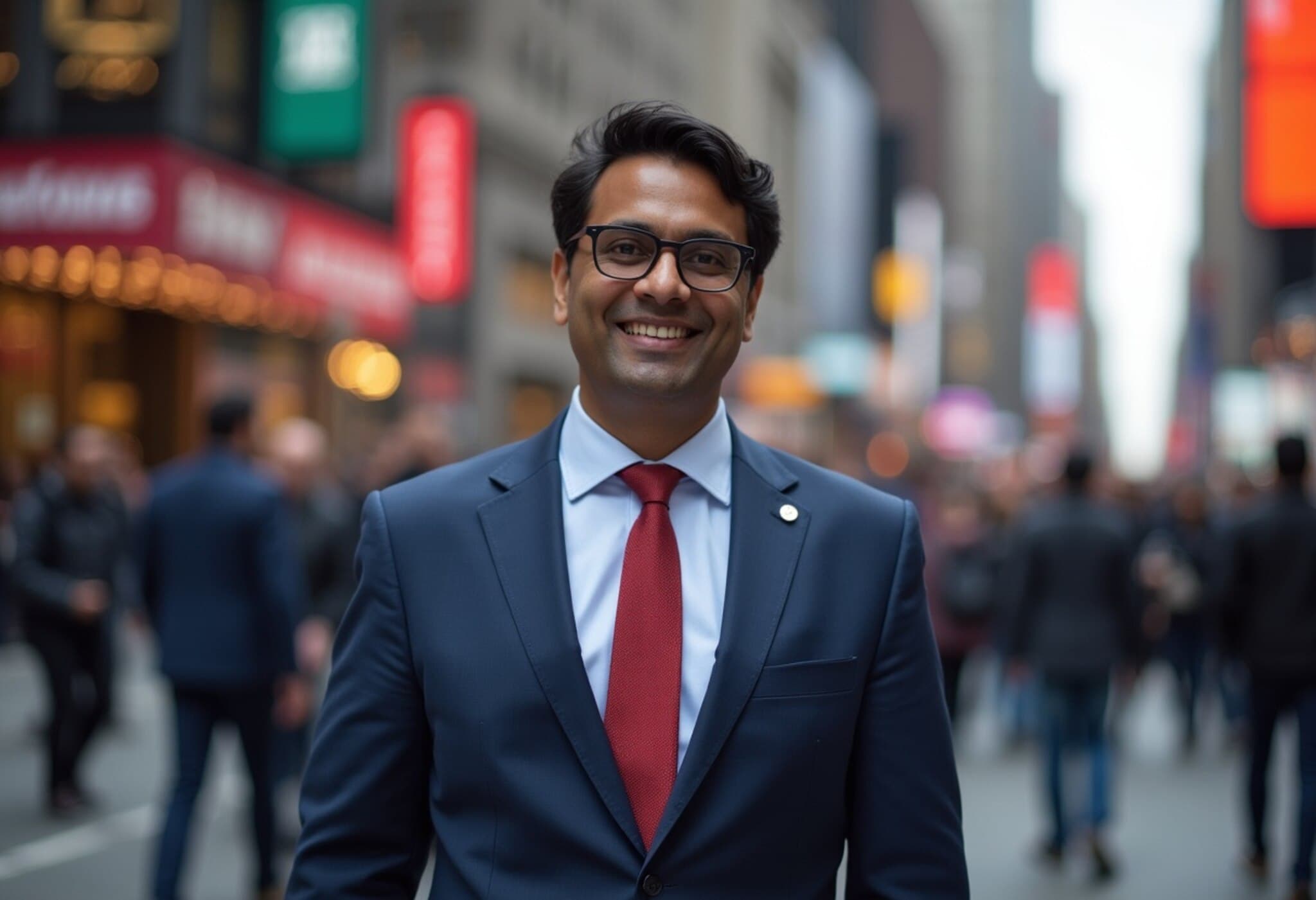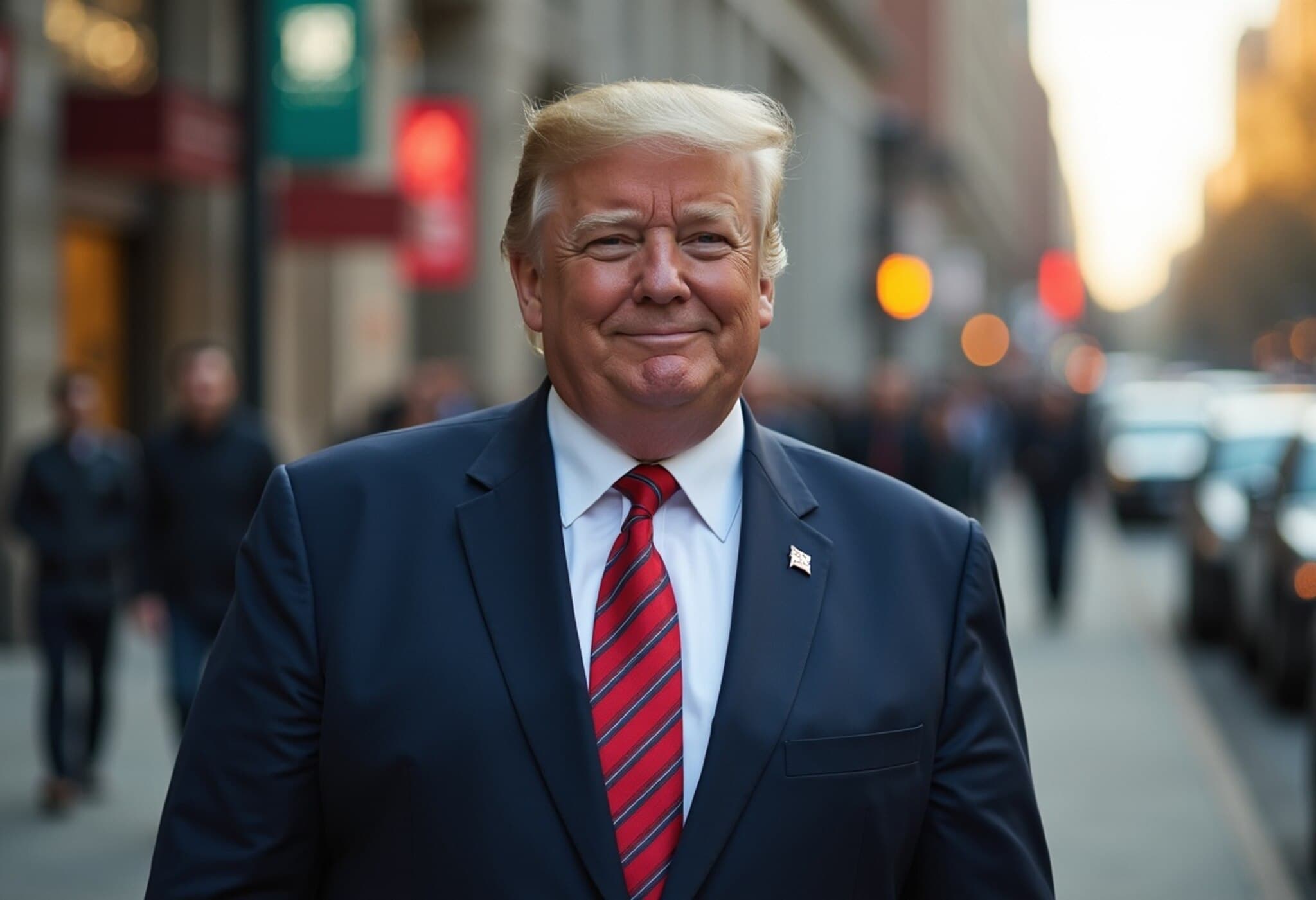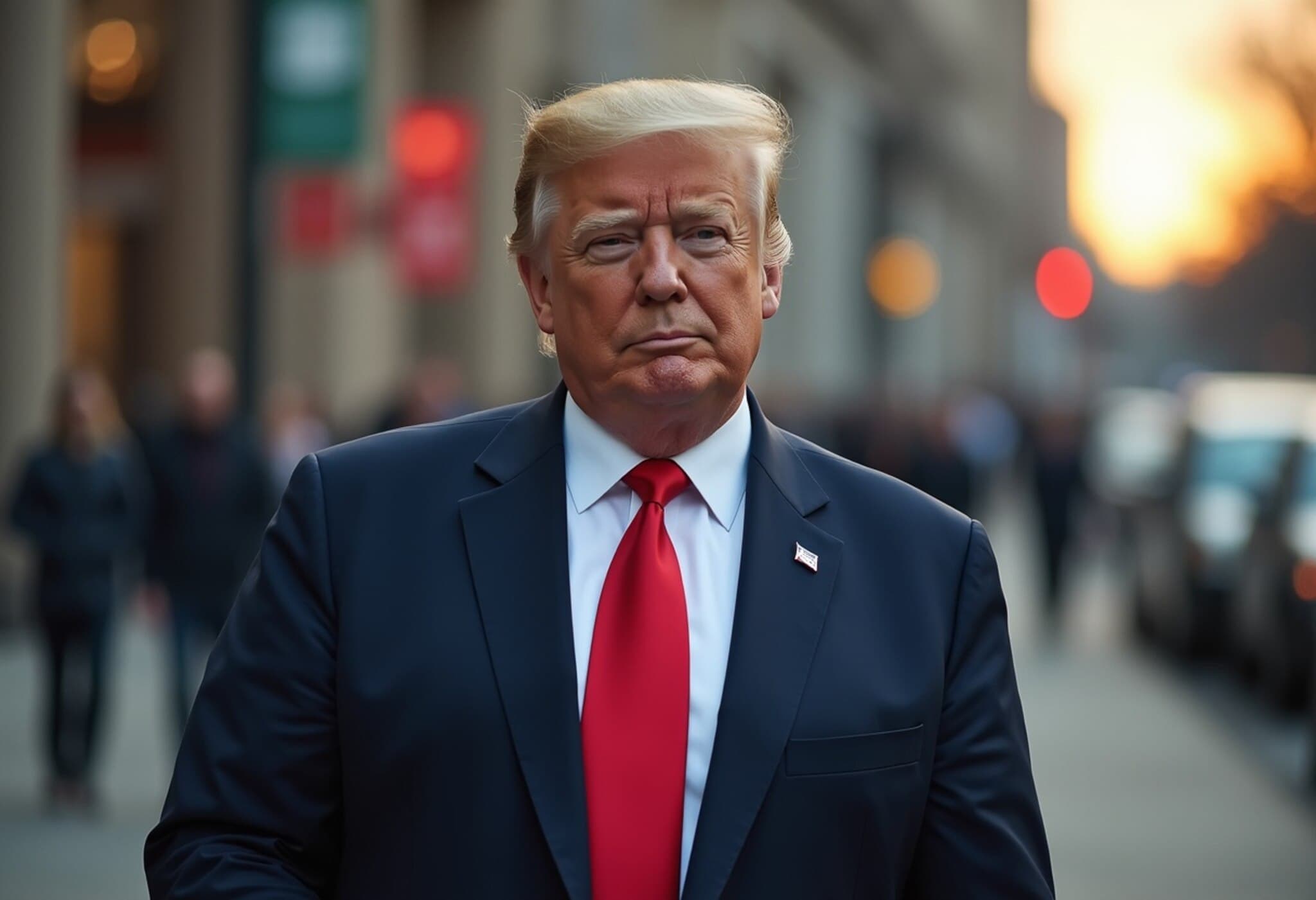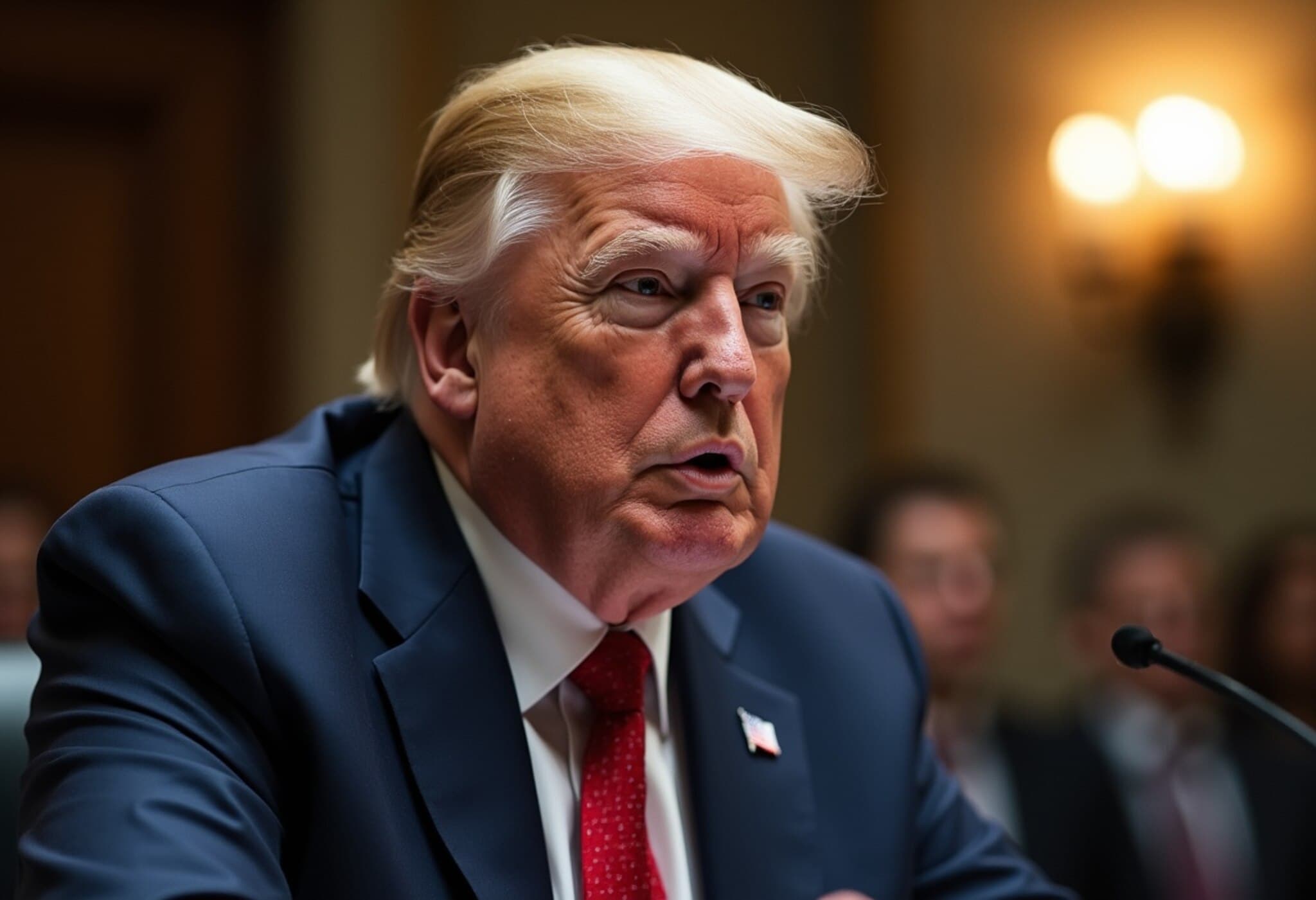Vivek Ramaswamy Champions Return of Presidential Fitness Test After Trump’s Executive Order
Ohio gubernatorial candidate Vivek Ramaswamy has publicly endorsed the revival of the Presidential Fitness Test, following President Donald Trump’s recent executive order reinstating the longstanding program. Ramaswamy framed this move as a necessary stride in promoting youth health and discipline nationwide, emphasizing that instilling healthy habits early on is critical to building a healthier generation.
In a post on X (formerly Twitter), Ramaswamy celebrated the program’s resurgence and declared, “Great to see the Presidential Fitness Test making a comeback. Good health habits & the pursuit of achievement start at a young age. We’ll lead the way in Ohio.” His prompt response highlights his ambition to position Ohio as a forerunner in restoring fitness culture among schoolchildren.
From Advocacy to Action: The Road to Revival
Supporters of Ramaswamy credit him with sparking the campaign that ultimately influenced Trump’s decision. Less than a year ago, Ramaswamy spearheaded a national push for reinstating the fitness test as part of a broader call for education reform.
His platform not only advocates for bringing back physical fitness assessments but also includes drastic education policy shifts, such as dismantling the U.S. Department of Education, promoting universal school choice, implementing merit-based pay for teachers, banning cell phone use in classrooms, and reinforcing civic education.
Ramaswamy previously articulated this vision, stating: “There’s no silver bullet, but this is a starting point.” His comprehensive approach seeks to address systemic issues while emphasizing physical wellness as a foundational pillar.
The Presidential Fitness Test: A Legacy and Its Controversies
Originally launched in 1966 during President Lyndon B. Johnson’s administration, the Presidential Fitness Test aimed to foster physical activity in schools through exercises like a one-mile run, sit-ups, push-ups or pull-ups, shuttle runs, and flexibility tests. For decades, it served as a benchmark for youth fitness across the country.
However, in 2012, under the Obama administration, this program was replaced by the Presidential Youth Fitness Program, which shifted focus from performance rankings to encouraging personal health and lifelong wellness goals. This change aligned with efforts led by former First Lady Michelle Obama’s “Let’s Move” initiative, which sought to combat childhood obesity through nutrition and physical activity.
Today’s reinstatement poses questions about what form the new iteration will take. While the Health and Human Services Department has yet to specify the exact components of the revived test, the White House emphasized its intent to “restore urgency in improving the health of all Americans.”
Balancing Motivation and Inclusivity
Experts have long debated the effectiveness and fairness of the original fitness test. Critics argued it could be rigid and demotivating for students not naturally inclined toward competitive athletics. However, there is broad consensus that increasing children's physical activity remains a critical public health priority.
The challenge lies in designing a program that encourages participation and development without stigmatization. Leveraging lessons from the Presidential Youth Fitness Program, policymakers may seek a hybrid approach balancing measurement with encouragement.
What This Means for Ohio and Beyond
Ramaswamy’s pledge to lead Ohio in reinstating the test signals a promising model for state-level initiative. With obesity rates climbing nationally and increasing concerns about sedentary lifestyles among youth, reviving structured fitness programs could serve as a catalyst for healthier habits.
At the same time, this revival invites ongoing dialogue around educational priorities, fiscal responsibilities, and the broader role of government in influencing children’s daily lives. As Ramaswamy’s vision intertwines fitness with sweeping educational reform, stakeholders will closely watch Ohio’s implementation with interest.
Editor’s Note
The return of the Presidential Fitness Test reignites a complex debate about youth health, education policy, and the government’s role in shaping both. While the intentions behind reinstating this program align with urgent calls to improve public health, its success will rest on careful execution that motivates children without alienating them.
As Ohio prepares to lead the way under Ramaswamy’s stewardship, parents, educators, and policymakers alike should consider how to balance standards with empathy, rigor with fun, and discipline with inclusiveness. Ultimately, revitalizing physical fitness in schools represents an opportunity not merely to measure youth ability but to cultivate a culture of lifelong wellness.

